 | 5. SHADING |
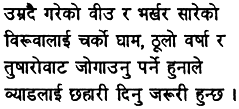 | Germinating seed and recently transplanted seedlings need protection from hot sun, heavy rain and hard frost. Therefore some method of shading beds in nurseries is essential. |
 | Shading reduces the temperature of the soil and the amount of water lost by seedlings. |
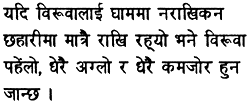 | However if seedlings are left under shade all the time they grow too tall, too weak and yellow. |
 | It is important, therefore, only to shade seedlings when shade is needed. |
 | Shades are also used to protect against frost, rain and sun. |
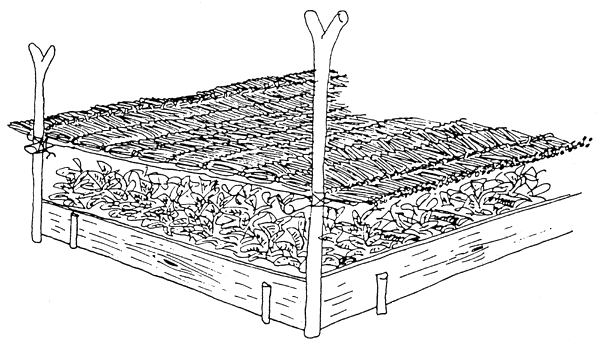
 | To protect against frost ‘shades’ must be put up a few centimetres above the tops of the seedlings during the night when the frosts are likely. They should be taken off during the day time. |
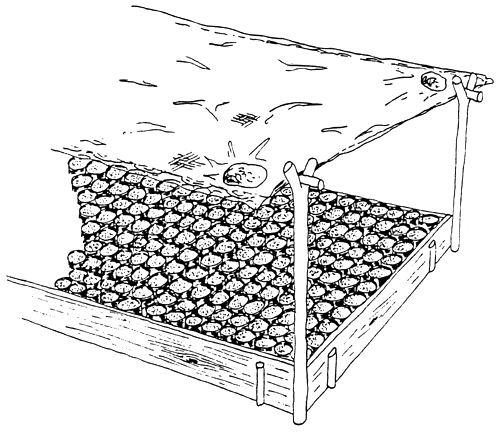
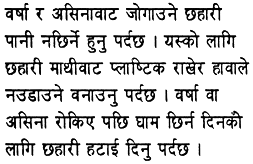 | To protect against rain and hail, shades need to be waterproof. This can be done by laying plastic sheets over the shades and holding them down with stones. The shades and plastic should be removed as soon as the rain or hail stops so that the seedlings can get sunlight again. |
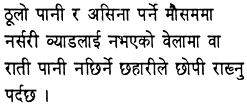 | If it is the time of year when heavy rain or hail is expected, waterproof ‘shades’ should be put up whenever the nursery is left unattended for some time and at night time. |
 | Germinating seed and seedlings need different types of shade at different times. |
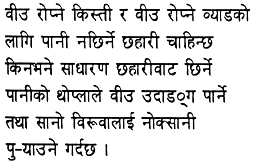 | Seedtrays and seedbeds should be kept under waterproof shades. Any drips that would come through ordinary shades could uncover seed or damage small seedlings. |
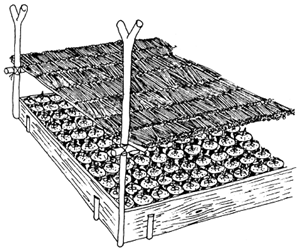
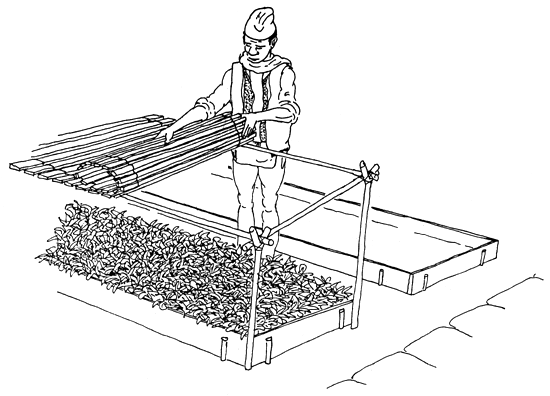
 | Seedlings that have just been pricked-out should have shades placed about 30cm above the tops of the seedlings. |
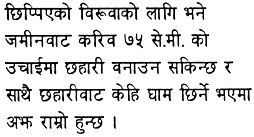 | For older seedlings shades can be placed about 75cm above the soil surface. It is best if these shades are open to allow some light through. |
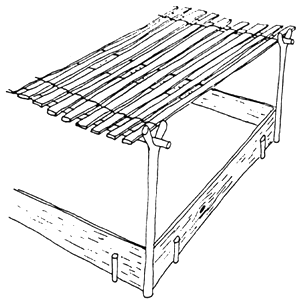
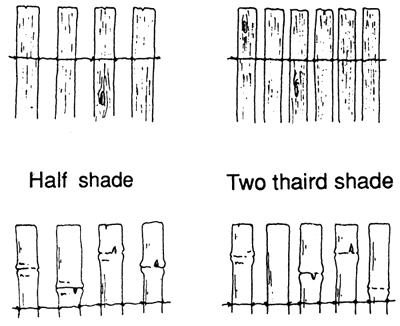
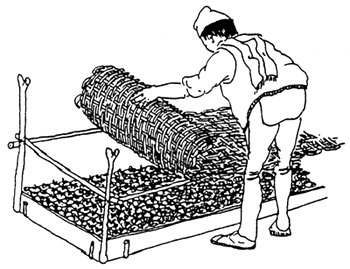
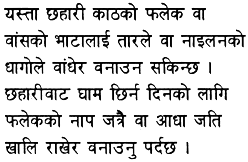 | Open shades can be made by tying slats of wood or bamboo together with wire or nylon string, leaving small gaps either the same size as the slats or half the size for the sun to get through: |
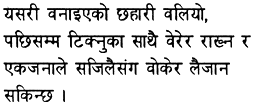 | Shades made this way are strong and long lasting and can be rolled up and carried by one person. |
 | Shades should be made from materials which are cheap to find locally, such as bamboo, wood, straw or sacking gundris. |
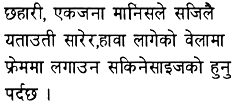 | They should only be as large as is easy for one person to handle (about 2 m long), and you should be able to fix them to the frames when it is windy. |
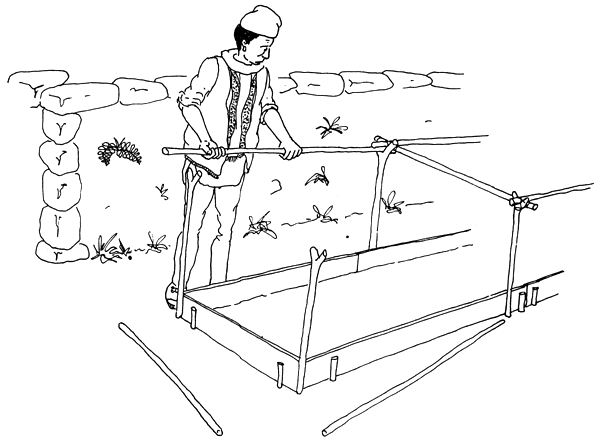
 | First build the frame out of bamboo or wood or straight sticks...... |
 | It is best to make the long side of the bed that faces north higher than the southern side. This not only lets water drain off the shades but also protects the beds against the sun when it's low in the sky during winter. |

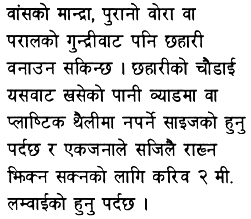 | They should be wide enough so that water does not drip off the edges onto the beds or polypots beneath. |